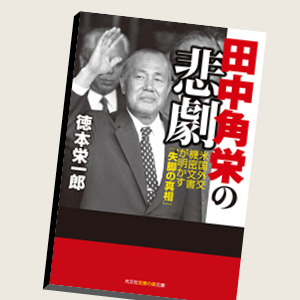Tokyo Commute: Japanese Customs and Way of Life Viewed from the Odakyu Line
This unusual book is a look at life in Tokyo from the perspective of commuting to and from the city on the Odakyu line. The author, a British academic who taught English at Nihon University from 1997 to 2011, rode the line to work from his station at Mukougaoka Yuuen. The chapters are full of wry, pithy observations on numerous aspects of the Japanese urban experience, as observed by a non- Japanese train passenger.
Although the blurb claims this is “Essential reading for first-time, and second-time, visitors, and even regular commuters”, the book is likely to appeal much more to those who have experienced commuting in Tokyo.
Detailing everything from overheard conversations to the bags people carry on trains, as well as the inevitable examples of odd English usage on signs and advertisements, the author drops in literary references as he dissects his subjects.
There are asides on smoking, haircuts and, of course, a chapter on chikan (molesters). The book also includes day trips using the line to travel on to places such as Hakone, Narita International Airport and Yokohama that are not on the Odakyu line.
Capturing the atmosphere of Japanese railways are numerous colour illustrations by Yuriko Yamamoto.
English in Japan in the Era of Globalization
The book is edited by a linguistics lecturer from the UK’s Open University, and written by authors consisting mostly of Japanese professors working in Western universities and Western professors teaching at Japanese tertiary institutions. Divided into two sections—“English in the Education System” and “English in Society and Culture”—it takes a scholarly look at the status of English in Japan, and attitudes towards it.
The nine chapters examine whether the internationalisation of Japan is anything more than cosmetic; how and if views on English are changing; and to what extent attitudes need to change. The introduction to the book uses a picture of a “YES WE KAN” T-shirt as a starting point for discussion about globalisation and English, with the recent change of prime minister dating the book as soon as it appeared.
Japan as a ‘Normal Country’?—A Nation in Search of Its Place in the World
Why has Japan never taken on the diplomatic and international security roles that are expected of an advanced country of its economic strength? This is the central question addressed by the authors, who come from Japan, the US, China and South Korea, which are the nations with most at stake in the debate. The book begins by attempting to define what being a “normal country” would mean for Japan, as well as the post-war background to its views of itself and the outside world. This is followed by a discussion of the ideas of Democratic Party of Japan heavyweight Ichiro Ozawa, who is acknowledged as being the first person to identify the issue in his book Blueprint for a New Japan.
The authors take a wide range of positions on Japan’s interaction with the outside world, including a final chapter by Peng Er Lam from the National University of Singapore, who argues that Japan has largely fulfilled the role of a normal country, at least in its dealings with South-East Asia.








